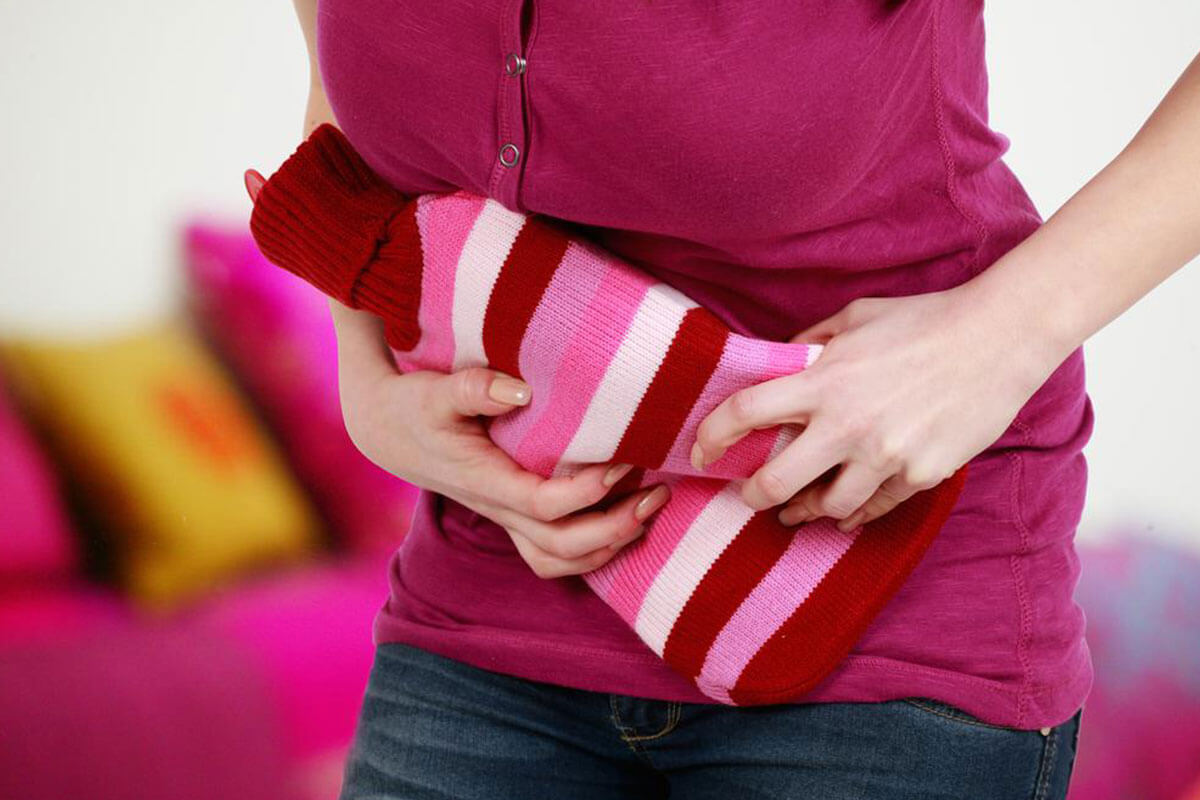5 foods that may cause allergic reactions in dogs

Certain foods and ingredients may be used in many dishes, but they may not be safe for our furry little friends. If you have a dog, it is very important to be aware of foods that may be toxic or cause mild to severe allergic reactions. Hence, vets highly recommend keeping the following foods away from your dog’s bowl, as they may be potential allergens. Let’s take a look at them.
Garlic and chives
While garlic causes nothing more than bad breath to humans, it is harmful to our furry little friends. Dogs are sensitive to garlic, as it makes their blood cells more likely to break, thereby increasing the risk of anemia. It has been especially observed that Japanese breeds like Shiba-Inu and Akita are more sensitive to garlic than other dog breeds.
Black pepper
Black pepper is typically harmful to dogs. While small quantities may not cause a reaction, some breeds may have severe reactions. Hence, vets recommend avoiding this ingredient in a dog’s daily food. Common side effects of black pepper ingestion may include respiratory issues, burning reactions, and hemorrhoids.
Onion powder
Like garlic, onion powder is also toxic for dogs. In fact, any form of onion may cause health complications. Onions contain an organosulfur compound called N-propyl disulfide, which ruptures red blood cells, leading to anemia. This might result in other forms of blood disorders that might require urgent medical attention.
Tarragon
Tarragon, also known as artemisia dracunculus, is known for its flavor in the culinary world. Although it aids in digestion, provides relief from anxiety and stress, and even stimulates appetite in humans, it may be harmful to dogs. Tarragon must not be particularly given to dogs if they are pregnant or scheduled for surgery. It contains a specific chemical called estragole, a natural organic compound that might cause liver damage and obstruct blood coagulation in some pets.
Marjoram
It is an herb from the Lamiaceae family and is mostly found in the Middle East. The herb is somewhat similar to oregano. Although marjoram is a culinary plant, a medicinal herb, and even a fabric dye, it is highly toxic to dogs. Adding marjoram into pet food may cause gastrointestinal problems like vomiting and diarrhea.
Ticks and fleas could also lead to allergic reactions in some dogs. To avoid this, it is best to get rid of these pests with the help of treatment options such as Simparica and Bravecto. They are both chewable formulas that start working effectively soon after consumption. Simparica is effective between four to five weeks. The effectiveness of Bravecto lasts for approximately three months.


